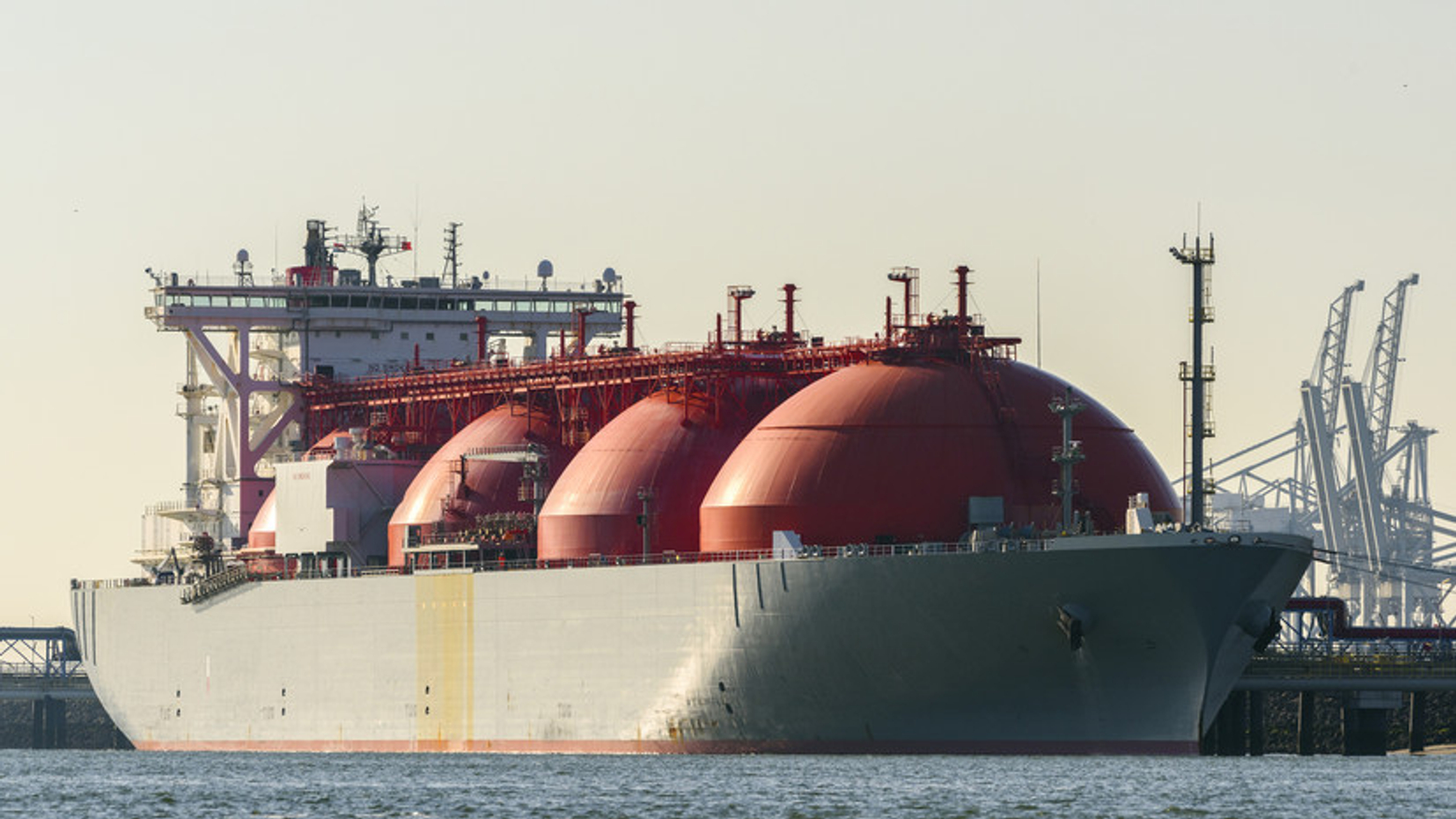
Turkey’s energy strategy is threatening the positions of Russia and Iran in the foreign market. By 2028, Ankara intends to cover more than half of its natural gas needs through a combination of domestic production and imports of liquefied natural gas (LNG), primarily from the United States, Reuters reports, citing calculations and contract data. Washington has been publicly urging its allies to reduce their energy dependence on Moscow and Tehran. During a meeting at the White House in late September, Donald Trump demanded that Recep Tayyip Erdoğan cut back on purchases of Russian gas.
Russia’s share of the Turkish gas market has already shrunk dramatically in the past two decades — from over 60 percent down to 37 percent. In the coming years, Turkey’s long-term contracts with Russia — for 22 billion cubic meters of natural gas per year via the Blue Stream and TurkStream pipelines — are set to expire. The contract with Iran for 10 billion cubic meters will also run out. Ankara is ready to renew some of these agreements, but for smaller volumes and under more flexible terms.
In the meantime, Turkey is rapidly expanding its access to alternative sources. The state-owned company TPAO is ramping up production at domestic fields, while LNG import terminals allow the country to bring in up to 58 billion cubic meters per year — an amount nearly equal to domestic demand. In September, BOTAS signed a 20-year contract with U.S. company Mercuria as part of a $43 billion package of agreements.
According to analysts’ estimates, Ankara will be able to use Russian and Iranian gas for domestic consumption while re-exporting U.S. LNG to Europe, along with part of its own production. BOTAS has already signed its first contracts with Hungary and Romania, seeking to establish Turkey as a regional gas hub.